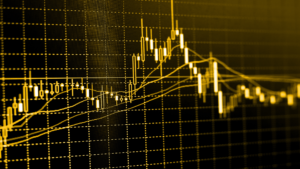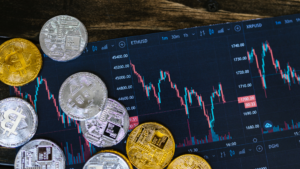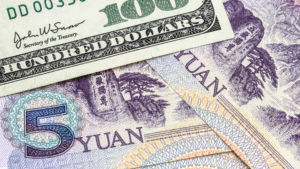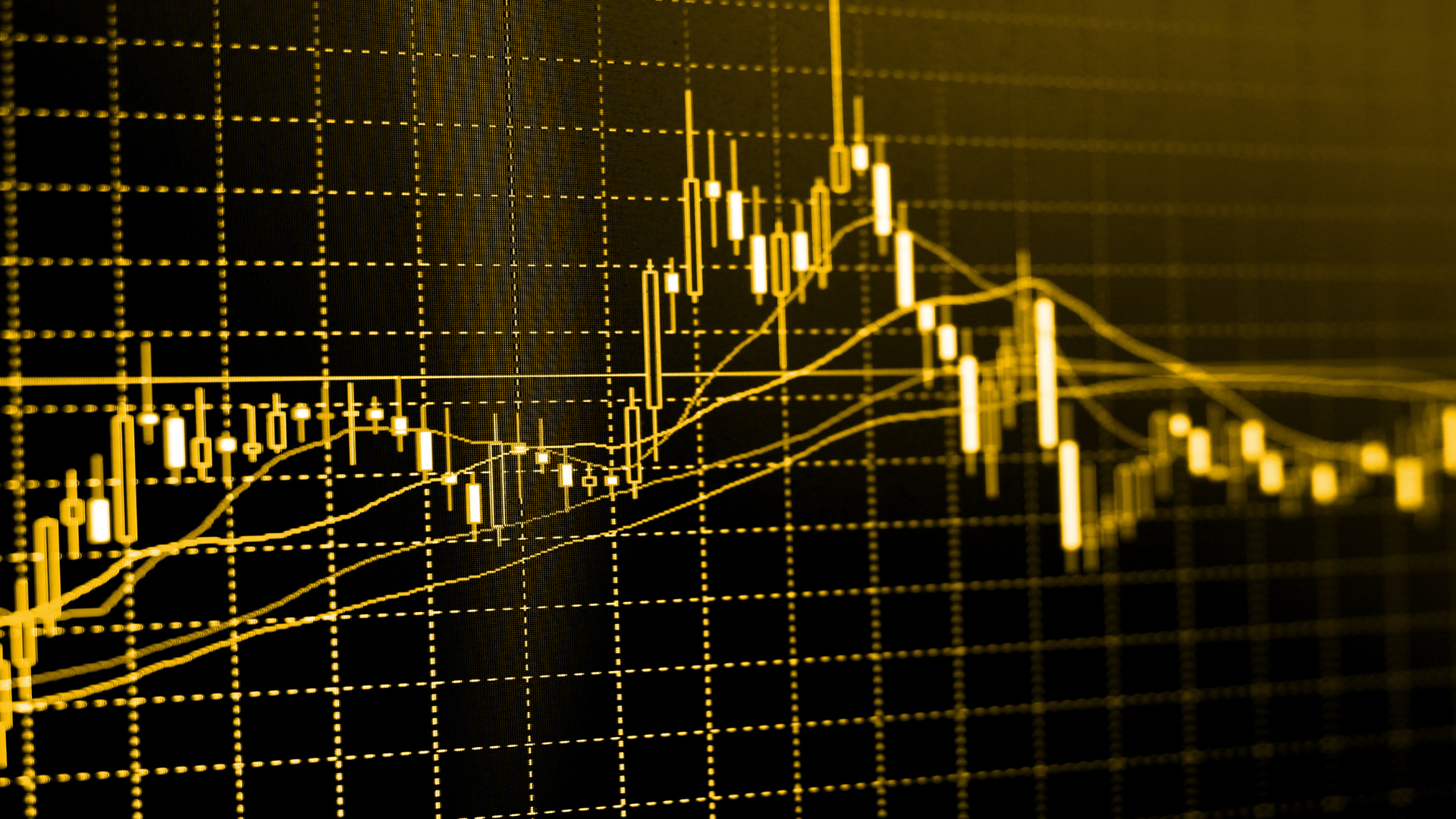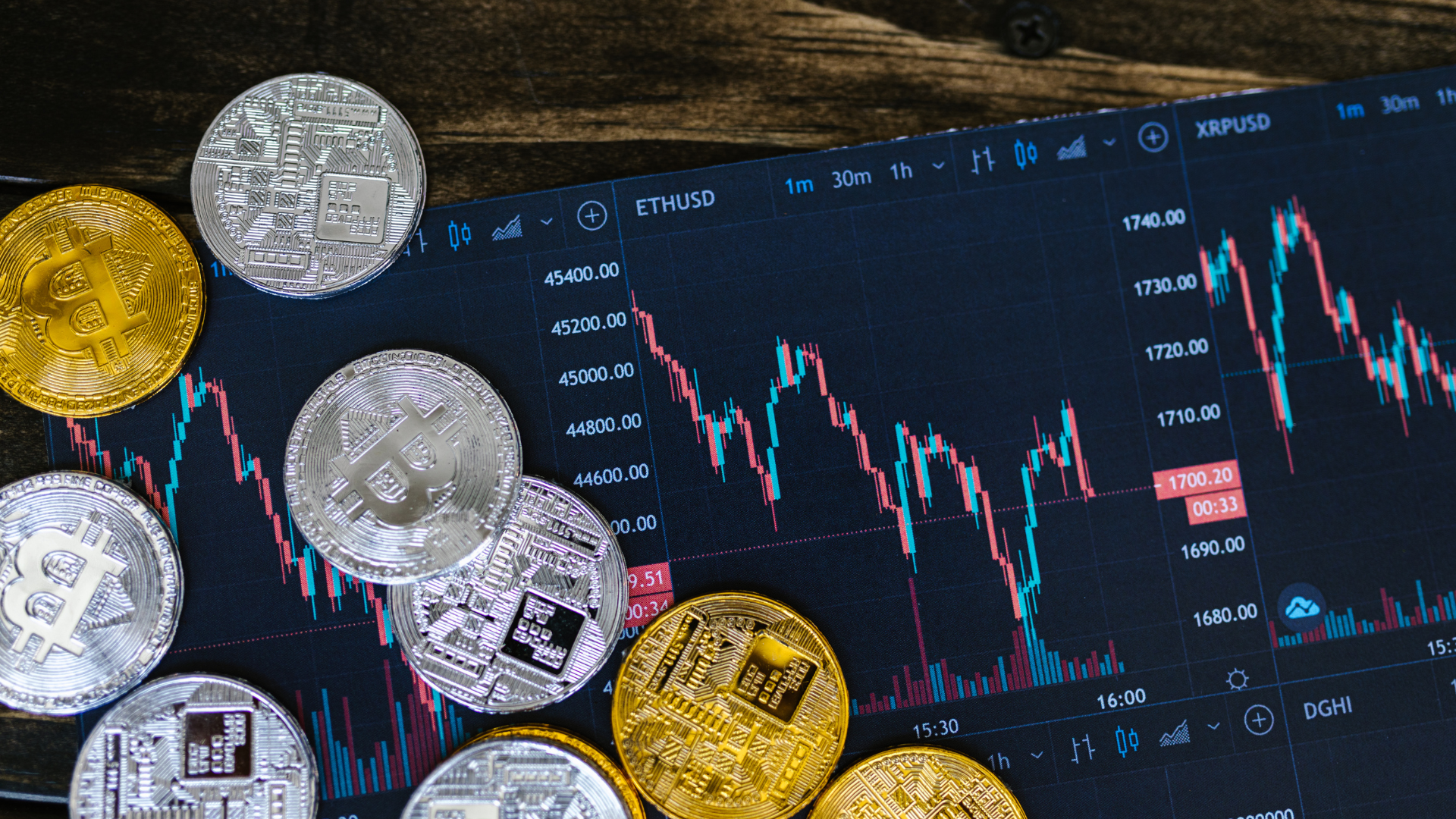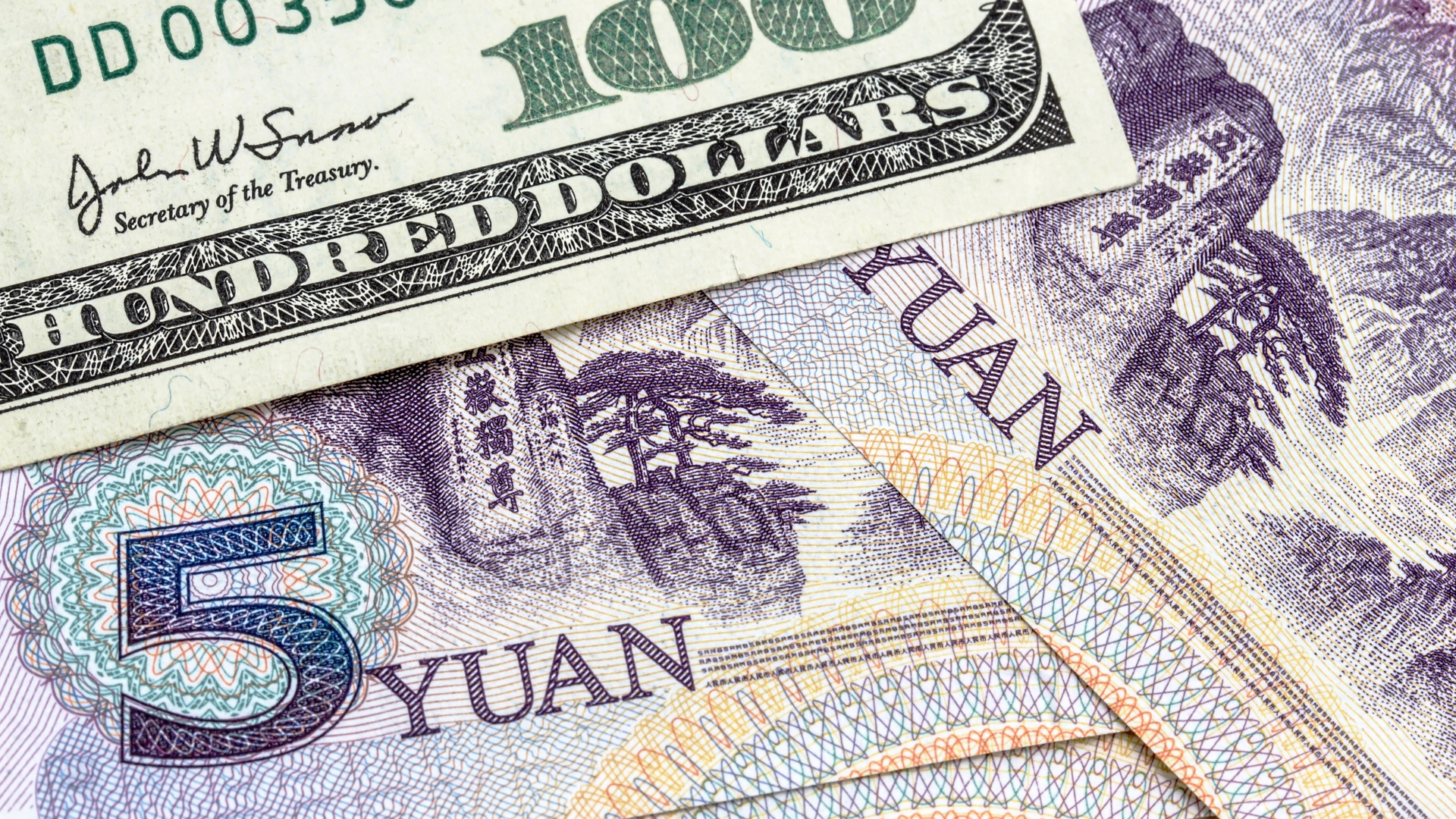The Australian dollar slipped lower as U.S. President Donald Trump expanded steel and aluminum tariffs, adding to global trade concerns. The move, which extends tariffs to all countries, has rattled commodity-linked currencies like the Aussie, given Australia’s significant exposure to metal exports. Traders responded cautiously, fearing potential disruptions in global trade flows.
The AUD/USD pair edged lower as risk sentiment weakened, with markets assessing the broader impact of the tariff expansion. While Australia is not a major supplier of steel to the U.S., the shift in trade policy raises concerns about escalating protectionism, which could weigh on global demand for raw materials. Investors remain wary of further trade frictions that could dampen growth prospects.
The U.S. dollar, meanwhile, held firm on safe-haven demand, further pressuring the Australian currency. With trade tensions resurfacing and global growth uncertainties persisting, traders have favored the greenback over risk-sensitive currencies. The divergence in monetary policy expectations between the Federal Reserve and the Reserve Bank of Australia has also contributed to the Aussie’s downside.
Despite the current weakness, commodity prices and China’s demand remain key drivers for the Australian dollar’s outlook. Any signs of resilience in iron ore and energy markets could help stabilize the currency, but prolonged trade disruptions could limit gains. The RBA’s stance on interest rates will also be closely watched for further direction.
Technical indicators suggest that AUD/USD may remain under pressure, with key support levels being tested. A deeper decline could open the door for further losses, particularly if risk-off sentiment continues to dominate market moves. Conversely, any improvement in trade outlooks or softer U.S. data could offer temporary relief.
For now, the Australian dollar remains vulnerable to external trade shocks, with Trump’s tariff expansion adding another layer of uncertainty. Traders will be closely watching developments in global trade policy and commodity markets for potential shifts in sentiment.







